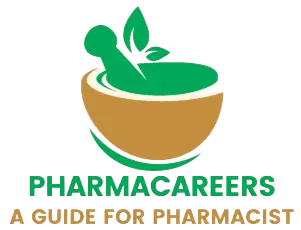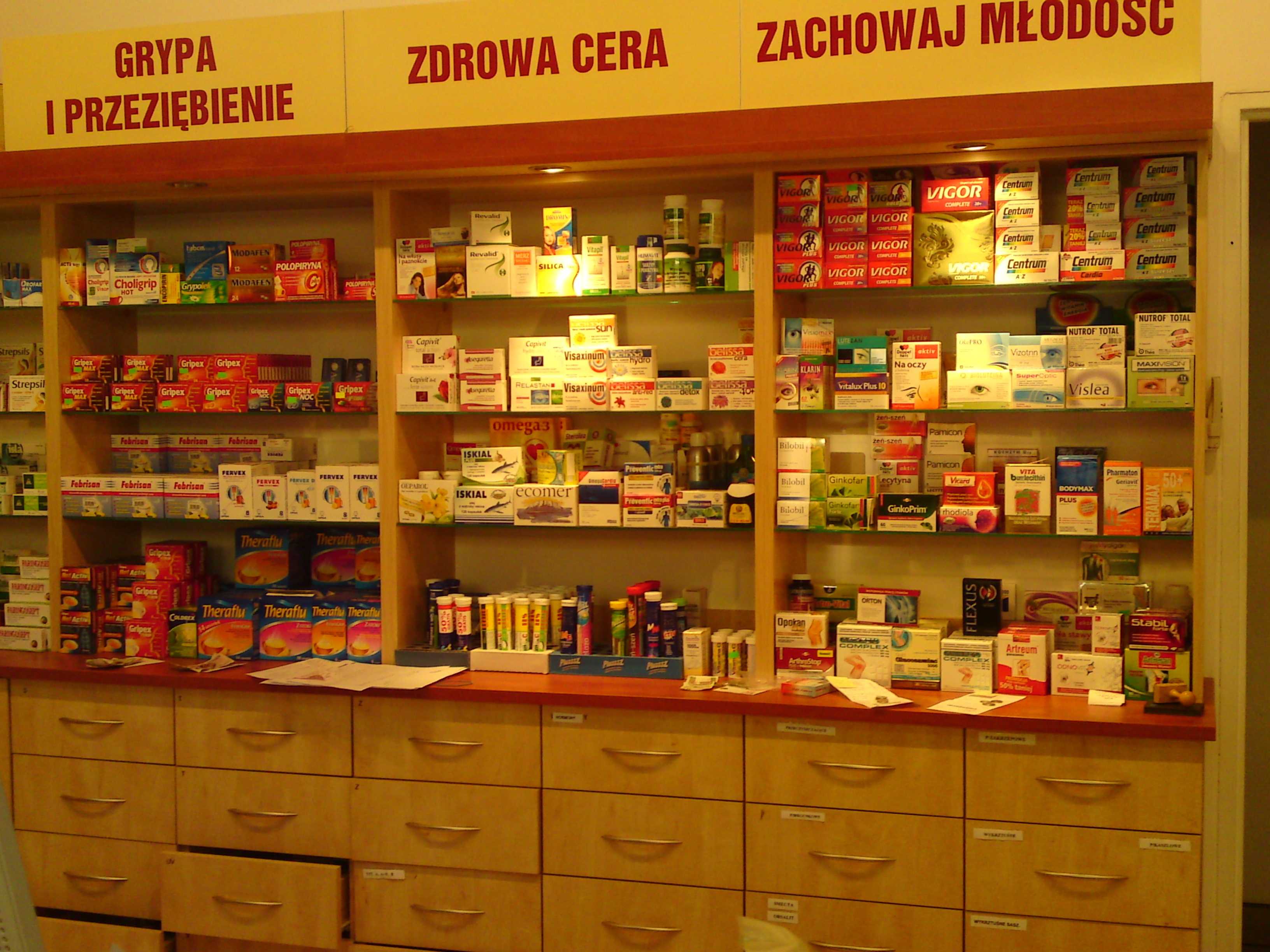Pharmacy Practice MCQ, in this article we will solve, Practice MCQ under subject Microbiology. Read following article for your reference.
Classification And Mode Of Action Of Disinfectants » PHARMACAREERS
-
What is the primary purpose of disinfectants?
-
a) To kill or inhibit the growth of microorganisms
-
b) To provide nutrients to microorganisms
-
c) To enhance the growth of microorganisms
-
d) To neutralize toxins
-
-
Which type of disinfectant works by denaturing proteins and disrupting cell membranes?
-
a) Alcohols
-
b) Halogens
-
c) Phenolics
-
d) Quaternary ammonium compounds
-
-
Which of the following is a commonly used alcohol-based disinfectant?
-
a) Ethanol
-
b) Chlorine
-
c) Formaldehyde
-
d) Iodine
-
-
What is the mode of action of halogen-based disinfectants like chlorine and iodine?
-
a) Oxidizing cell components
-
b) Disrupting cell membranes
-
c) Inhibiting protein synthesis
-
d) Denaturing nucleic acids
-
-
Which disinfectant is known for its ability to kill spores and is often used in sterilization?
-
a) Hydrogen peroxide
-
b) Alcohol
-
c) Quaternary ammonium compounds
-
d) Phenolics
-
-
What type of disinfectant is benzalkonium chloride?
-
a) Halogen
-
b) Alcohol
-
c) Phenolic
-
d) Quaternary ammonium compound
-
-
Which of the following disinfectants is effective against a wide range of microorganisms, including bacteria, viruses, and fungi?
-
a) Ethanol
-
b) Chlorhexidine
-
c) Phenol
-
d) Formaldehyde
-
-
Which disinfectant is commonly used in water treatment to kill bacteria and viruses?
-
a) Alcohol
-
b) Phenol
-
c) Chlorine
-
d) Quaternary ammonium compounds
-
-
What is the mode of action of phenolic disinfectants?
-
a) Denaturing proteins and disrupting cell membranes
-
b) Oxidizing cell components
-
c) Inhibiting DNA synthesis
-
d) Disrupting the cell wall
-
-
Which disinfectant is most effective at killing Mycobacterium tuberculosis?
-
a) Alcohol
-
b) Iodine
-
c) Glutaraldehyde
-
d) Quaternary ammonium compounds
-
-
Which class of disinfectants works by interfering with the permeability of the cell membrane?
-
a) Halogens
-
b) Alcohols
-
c) Phenolics
-
d) Quaternary ammonium compounds
-
-
Which disinfectant is commonly used for skin antisepsis before surgeries?
-
a) Chlorine
-
b) Phenol
-
c) Isopropanol
-
d) Hydrogen peroxide
-
-
Which of the following disinfectants releases free radicals to damage microbial cells?
-
a) Quaternary ammonium compounds
-
b) Alcohol
-
c) Hydrogen peroxide
-
d) Chlorhexidine
-
-
What is a common use of aldehyde disinfectants like aldehyde and glutaraldehyde?
-
a) Disinfecting drinking water
-
b) Sterilizing medical instruments
-
c) Hand sanitization
-
d) Surface cleaning
-
-
Which disinfectant is known for its persistent activity, making it effective for long-term disinfection?
-
a) Ethanol
-
b) Chlorhexidine
-
c) Phenol
-
d) Hydrogen peroxide
-
-
Which disinfectant class is commonly used in household cleaning products for its broad-spectrum antimicrobial activity?
-
a) Alcohols
-
b) Phenolics
-
c) Quaternary ammonium compounds
-
d) Aldehydes
-
-
What is the primary mechanism of action for alcohol-based disinfectants?
-
a) Denaturing proteins
-
b) Oxidizing cell components
-
c) Disrupting cell walls
-
d) Interfering with DNA synthesis
-
-
Which disinfectant is known for its ability to a protective barrier on surfaces, preventing microbial growth?
-
a) Chlorine
-
b) Iodine
-
c) Chlorhexidine
-
d) Formaldehyde
-
-
Which of the following disinfectants is used in the disinfection of endoscopic equipment due to its effectiveness against a wide range of microorganisms?
-
a) Ethanol
-
b) Glutaraldehyde
-
c) Phenol
-
d) Chlorhexidine
-
-
What type of disinfectant is typically used to disinfect large areas such as hospital rooms and laboratories?
-
a) Alcohol
-
b) Quaternary ammonium compounds
-
c) Phenolics
-
d) Chlorine dioxide
-
-
Which disinfectant is effective against biofilms and used in healthcare settings to ensure thorough disinfection?
-
a) Alcohol
-
b) Chlorhexidine
-
c) Phenol
-
d) Hydrogen peroxide
-
-
What is the mode of action of chlorine dioxide disinfectants?
-
a) Disrupting cell membranes
-
b) Oxidizing cellular components
-
c) Inhibiting protein synthesis
-
d) Denaturing nucleic acids
-
-
Which disinfectant is used in the food industry to sanitize equipment and surfaces without leaving harmful residues?
-
a) Quaternary ammonium compounds
-
b) Chlorhexidine
-
c) Ethanol
-
d) Hydrogen peroxide
-
-
Which disinfectant class includes agents that are both bactericidal and virucidal, making them effective for a wide range of applications?
-
a) Halogens
-
b) Alcohols
-
c) Phenolics
-
d) Quaternary ammonium compounds
-
-
Which disinfectant is preferred for use in cleanrooms and controlled environments due to its minimal residue and rapid action?
-
a) Chlorhexidine
-
b) Hydrogen peroxide
-
c) Phenol
-
d) Quaternary ammonium compounds
-
-
What is the primary advantage of using hydrogen peroxide as a disinfectant?
-
a) Low cost
-
b) Residual activity
-
c) Broad-spectrum activity
-
d) Long contact time required
-
-
Which disinfectant is commonly used for hand sanitizers due to its rapid antimicrobial activity?
-
a) Phenol
-
b) Chlorhexidine
-
c) Ethanol
-
d) Quaternary ammonium compounds
-
-
What type of disinfectant is effective against spore-ing bacteria, making it suitable for sterilization processes?
-
a) Alcohols
-
b) Quaternary ammonium compounds
-
c) Aldehydes
-
d) Halogens
-
-
Which of the following disinfectants is often used in combination with alcohol to enhance its antimicrobial activity?
-
a) Chlorine
-
b) Phenol
-
c) Iodine
-
d) Formaldehyde
-
-
What is the primary factor to consider when selecting a disinfectant for use in pharmaceutical manufacturing?
-
a) Cost
-
b) Speed of action
-
c) Compatibility with materials
-
d) All of the above
-
For more regular updates you can visit our social media accounts,
Instagram: Follow us
Facebook: Follow us
WhatsApp: Join us
Telegram: Join us






[…] For practice MCQ on this article, click here. […]